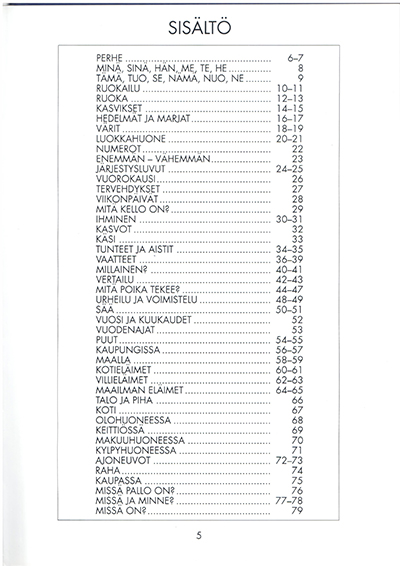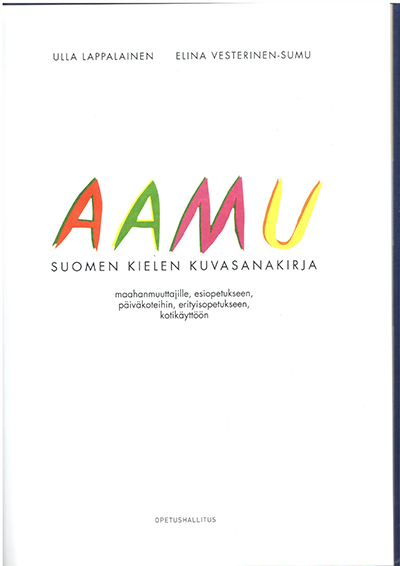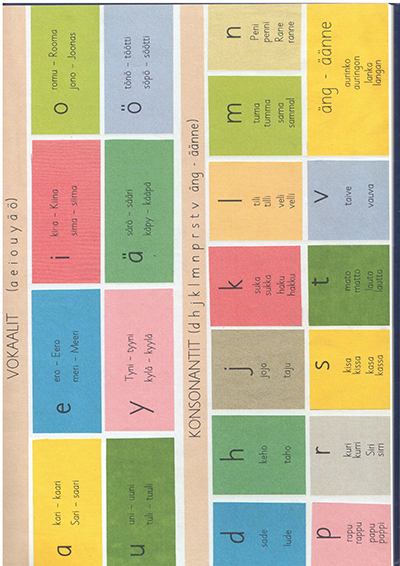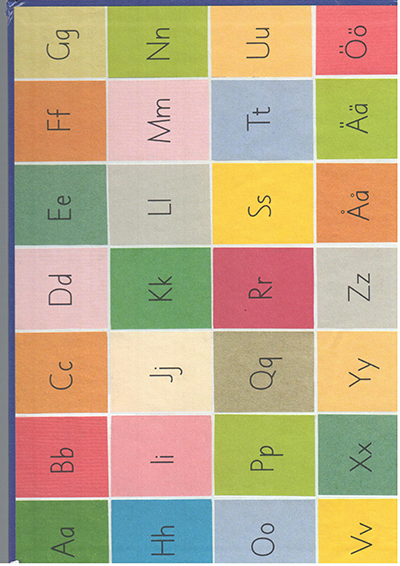| Sorted by date | |||
page006from Building IdeasJohn Lechte, Fifty Key Contemporary Thinkers: From Structuralism to Postmodernity, Routledge, London, 1994
Foreground Ulrich Conrads(ed.), Programmes and Manifestoes on 20th Century Architecture, Lund Humphries, London, 1970. Mark Gelernter, Sources of Architectural Form: A Critical History of Western Design Theory, Manchester University Press, Manchester, 1995.
|
|||
|
|||
|
|
|||
page006from Building Ideasbasically subjective experience, in order to reach a level of shared understanding and communication, is addressed in different ways in Chapters 4 and 5, which look at other more objective factors that might structure our experience. Both of these look at forces – beyond the individual’s control – that affect how we perceive things and ultimately, how we communicate. Structuralism, in Chapter 4, considers the deep structures of language and Chapter 5 looks at Marxism, the “invisible” influence of ideology. All three themes offer possibilities as conceptual frameworks for understanding architecture and the conclusion suggests their integration as part of a broader hermeneutic project.
In order to use this book as an introduction to the exploration of theoretical issues, I have included a list of further reading that should serve to amplify the individual themes. Where possible these have been drawn from the recently published anthologies of theoretical texts, in order that this book should also serve as a kind of “road-map” for further study. Suggestions For Further Reading Background Terry Eagleton, Literary Theory: An Introduction, University of Minnesota Press, Minneapolis, 1983. Richard Kearney, Modern Movements in European Philosophy, Manchester University Press, Manchester, 1986.
|
|||
|
|||
|
|
|||
page005from Building Ideasarchitectural production of the twentieth century is shown to result from a particular ideology based on the myth of progress in the philosophy of history. Chapter 2 sets out an opposing view, by presenting architecture as a fine art – the emphasis now being on expression rather than functional considerations. This time, in its pure form, the approach tends towards an “autonomous” practice, where the designer takes the role of protagonist in a critical dialogue with the conditions of society. The artist as entertainer, critic, or social conscience are all potential models for the role of theorist or designer using architectural ideas as a means of expression. The philosophical background to this “critical” and expressive approach to architecture is shown to be part of the wider debate concerning the importance of aesthetic experience. Throughout the history of philosophy this theme has resurfaced and has more recently been the site of the great “two cultures” debate – the deterministic laws of science against the free will of the creative artist.
The potential for architecture to act as a critical tool for communication and a means of opening up new experiences of space, is seen as a function of how buildings are perceived and interpreted, and this is the subject of the second part of this book. In this section, three different interpretive strategies are laid out, based on the three main schools of thought within twentieth century philosophy. Each one is shown to impact on the way we think about architecture, and each is illustrated with a range of buildings to show their implications for architectural practice. The themes overlap inasmuch as they can be seen often within the same building, whether part of the design intention or merely possible interpretive strategies. This blurring of “creation” with the process of criticism is part of the agenda of this book, to consider different ways of thinking about buildings, whether as designers or interpreters. Chapters 3, 4 and 5 consider a range of interpretive models, from the “subjective” to the “objective”, depending on their philosophical orientation. Chapter 3, on phenomenology, emphasizes the first of these characteristics, by focusing on the perceptual experience of the individual person or subject. The difficulty of generalizing from this
|
|||
|
|||
|
|
|||
page004from Building Ideaswriting this book – is a belief in the significance of architecture as a means of communication, in addition to its ostensible function as a provider of useful space. This distinction sets up the demand for a “hermeneutics” of architecture which would outline the various strategies that might be employed in its interpretation. As should become clear from the opposition se out in the Part 1 of this book, even this notion has been the subject of much argument in recent years.
The overall structure of this book reflects the characteristics of our times, in which a plurality of “world views” has come to replace a single outlook. In another age (that perhaps never actually existed), critical strategies might have been ordered according to a dominant “master narrative”. Whether theological, philosophical or – since the enlightenment – scientific, this idea of a prevailing doctrine has been weakened in recent years. As philosophers of science have even begun to question its all-encompassing claim to truth, alternative ways of describing the world have again become valid in this new context. The French philosopher Jean-Francois Lyotard in his book The Postmodern Condition claimed its defining characteristic to be the collapse of traditional master-narratives. Through the loss of religious consensus and doubt about the completion of scientific knowledge, Lyotard suggested that communication in society had become fragmented into “language-games”, as it is meant to suggest systems of rules and conventions that might apply to interpretation according to the particular context of the enquiry. Part 1 addresses this general dilemma over the question of interpretation in architecture, by opposing two definitions based on different attitudes to “meaning”. The first considers architecture purely as engineering, with no pretension to communicate, merely to construct useful space. In its idealized form this approach attempts to sidestep the question of meaning, with the input of the designer simply governed by the formula “form follows function”. That this can often conceal a deeper agenda – such as the expression of a “machine-aesthetic” – shows how this apparently neutral design process is still subject to cultural forces. This dominant model of scientific rationality in the
|
|||
|
|||
|
|
|||
page003from Building Ideasrecent years, in journals such as Architectural Design as well as the many school-based periodicals. Peter Eisenman and Jacques Derrida’s collaboration entitled Chora L Works, and Libeskind’s facsimile set of working documents from the V & A project, show how these presentations have added to an earlier “currency”, in which new ideas have circulated in the form of “manifestoes” and theoretical statements. The recent appearance of a whole series of anthologies containing reprints of theoretical writings has also served to increase awareness of the wider influences affecting architecture. The crossover between debates going on in other areas of cultural inquiry has begun to shift architectural thinking towards the field of “cultural theory”. The persistent presence of architectural issues in a whole range of theoretical debates – in fields such as anthropology, psycho-geography, film and media studies – has even led to an interest in the occurrence of architectural ideas within the very structure of philosophy itself.
The architectural theorist Mark Wigley has written at length on this relationship, looking at the reliance on – and simultaneous denial of – the role of architectural metaphors in the history of philosophical thinking. The grand conceptual “edifice” built on “foundations” of truth and certainty has been a common feature in the “construction” of many philosophical systems and likewise, in the present climate of interdisciplinary investigations, there is a marked preoccupation with philosophical thinking in architecture. One of the consequences of this new interest in the broader context of architectural theory is the further blurring of the distinction between “thinking” and “doing”. This has led to notion of a “theoretical practice” that is both critical and constructive in its attitude towards reality. The common characteristic of all these various strategies of practice is the belief in architecture as a mode of cultural discourse. The role of theory in the present climate is a long way from methodology, in that the point is not just about how to make “better” buildings. In terms of the old adage that “society only gets in the architecture it deserves”, the influence of architectural theory might impact rather upon society, and even help to create the conditions within which a more critical architecture can flourish. The general premise behind all of this reasoning – as well as the motivation for
|
|||
|
|||
|
|
 ... ...
... ... ... ...
... ... ... ...
... ... ... ...
... ... ... ...
... ... ... ...
... ... ... ...
... ... ... ...
... ... ... ...
... ... ... ...
... ... ... ...
... ... ... ...
... ... ... ...
... ... ... ...
... ... ... ...
... ...